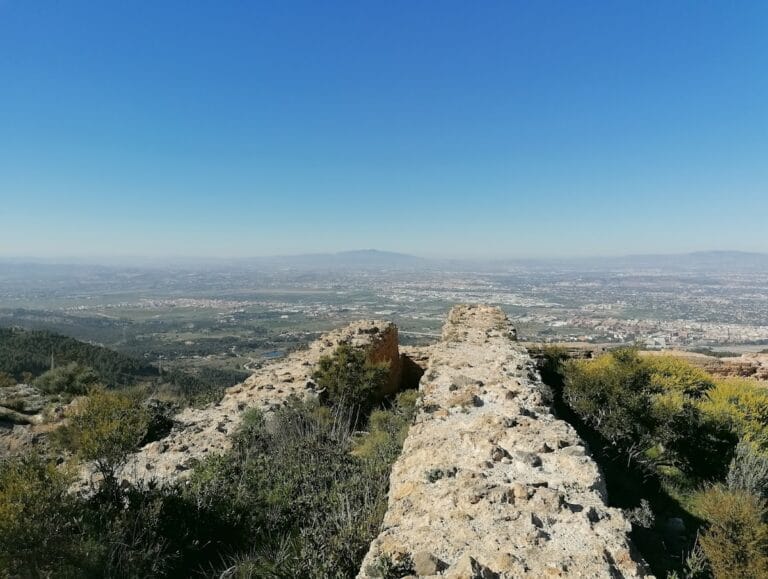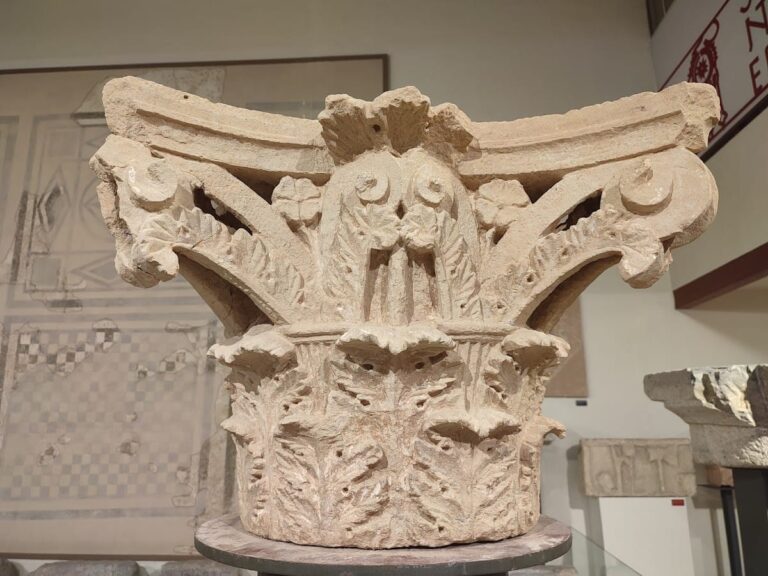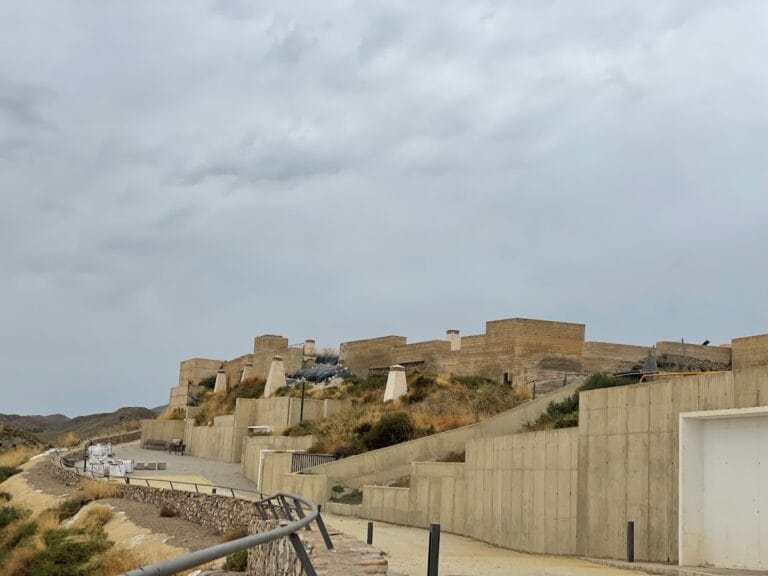Castillo de Alhama: An Ancient Islamic Fortress in Murcia, Spain
Visitor Information
Google Rating: 4.3
Popularity: Low
Google Maps: View on Google Maps
Country: Spain
Civilization: Medieval European
Remains: Military
History
Castillo de Alhama is an ancient fortress situated in the municipality of Alhama de Murcia, Spain, originally constructed by Islamic builders between the 11th and 12th centuries. It originated as a ḥiṣn, a type of fortified settlement used to oversee and control nearby rural communities in the region, reaching its height of influence and population in the early 13th century.
Following the Treaty of Alcaraz, which integrated the Kingdom of Murcia into the Crown of Castile, the castle came under Castilian possession, specifically belonging to the nobleman Juan García de Villamayor. During this period, it acted as a crucial defensive outpost guarding the border area between the Crown of Aragon and the Nasrid Kingdom of Granada, reflecting its ongoing military and strategic significance.
In the late 14th century, the castle and the adjacent town came under the control of the noble House of Fajardo. Throughout the 15th century, this family used Castillo de Alhama as a noble stronghold from which they administered significant parts of the kingdom. After the completion of the Reconquista with the fall of Granada, the fortress’s military importance declined progressively. This decline intensified following the suppression of the Morisco rebellion in 1571 and the subsequent expulsion of the region’s Arab-origin inhabitants by the late 17th century.
As centuries passed, the castle was ultimately abandoned and fell into disrepair. In the modern era, it has been recognized for its cultural and historical value. Since 1997, Castillo de Alhama is officially protected as a Bien de Interés Cultural, a designation that marks it as a site of cultural interest, with efforts underway in the 21st century to conserve and study its remains.
Remains
Castillo de Alhama rests atop a rocky hill overlooking the Guadalentín valley at an elevation of 248 meters above sea level. The fortress exemplifies Almohad architectural design, characterized by the fortification of strategic natural terrain. Its layout reveals two distinct sections: one dedicated to political and military functions and another serving as a refuge and residential space for inhabitants of the surrounding countryside.
The surviving structures include fragments of defensive walls that once encircled the site, providing protection from external threats. Prominently, a prism-shaped keep, or tower of homage, stands as the central element of the fortress. Within this keep, visitors can observe the remains of pointed arches, a typical feature of Islamic architecture, as well as vestiges of cisterns known as aljibes, which were used to collect and store water to sustain the castle’s occupants during sieges or dry periods.
The castle’s surrounding area consists mainly of agricultural land with a relatively low population density, and the nearest significant settlement is the modern town of Alhama de Murcia, located just over three hundred meters to the south. Over time, the fortress fell into ruin, but various conservation and archaeological excavation projects in recent decades have sought to stabilize the site and reveal its historical significance in the landscape.










